This book presents a provocative comparative history of environmentalism in two large, ecologically and culturally diverse democracies, India and United States. The book takes as its point of departure the dominant environmental philosophies in the two countries, here identified as 'agrarianism' in India and 'wilderness thinking' in the USA. It then proposes an integrative, inclusive theoretical framework that goes beyond these partisan and partial ideologies. Named 'social ecology', this framework is here applied in the analysis of environmental thought, and in understanding the trajectory of controversies over large dams, state forests, and wildlife reserves. Profiles of three exemplary social ecologists-Lewis Mumford, Chandi Prasad Bhatt, and Madhav Gadgil–follow. The concluding chapter poses what Guha regards as the fundamental environmental question –how much should a person or country consume?–and explores various answers to it. Based on research done over two decades, and written with the author's characteristic verve and flair, this book ranges widely over a vast intellectual terrain. It brims with ideas and information on environmental histories, environmental philosophies, environmental scholars, and environmental activists. Guha offers trenchant critiques of privileged and isolationist proponents of conservation, persuasively arguing the case for biospheres that care as much for humans as for the other species with which they share the earth. How Much Should a Person Consume? is a deeply felt summation of one pioneering and globally influential scholar's views on environmentalism. Like everything else by Ramachandra Guha, this book wears its immense learning lightly. It will be 'necessary reading' within the academy even while attracting a large general readership outside it.
Patriots, Poets and Prisoners: Selections from Ramananda Chatterjee’s The Modern Review 1907-1947
Founded in 1907 by the ...
$40.50
$45.00

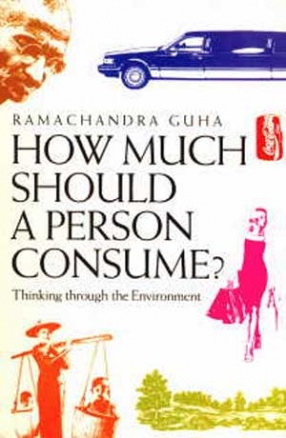
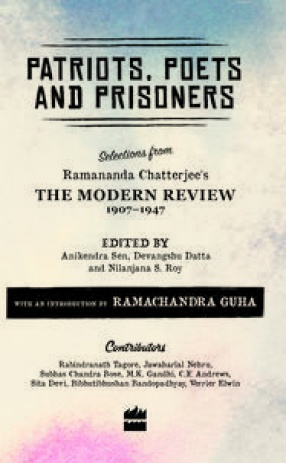
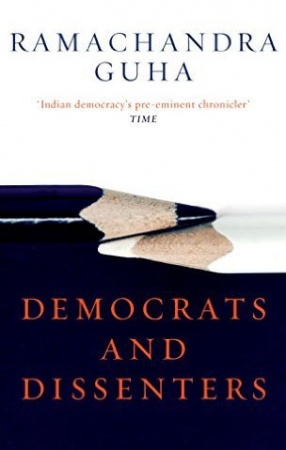
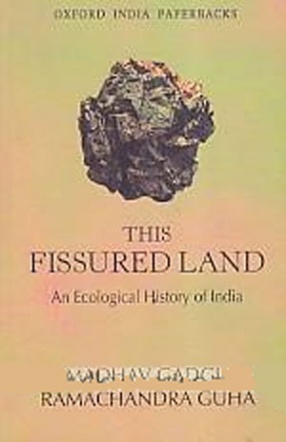
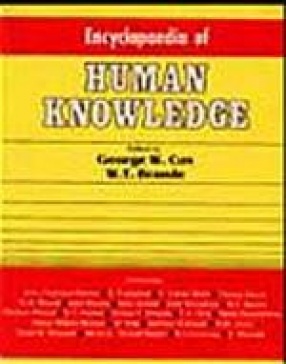

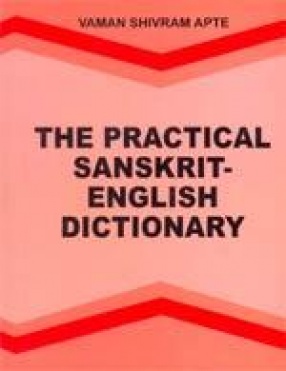
There are no reviews yet.